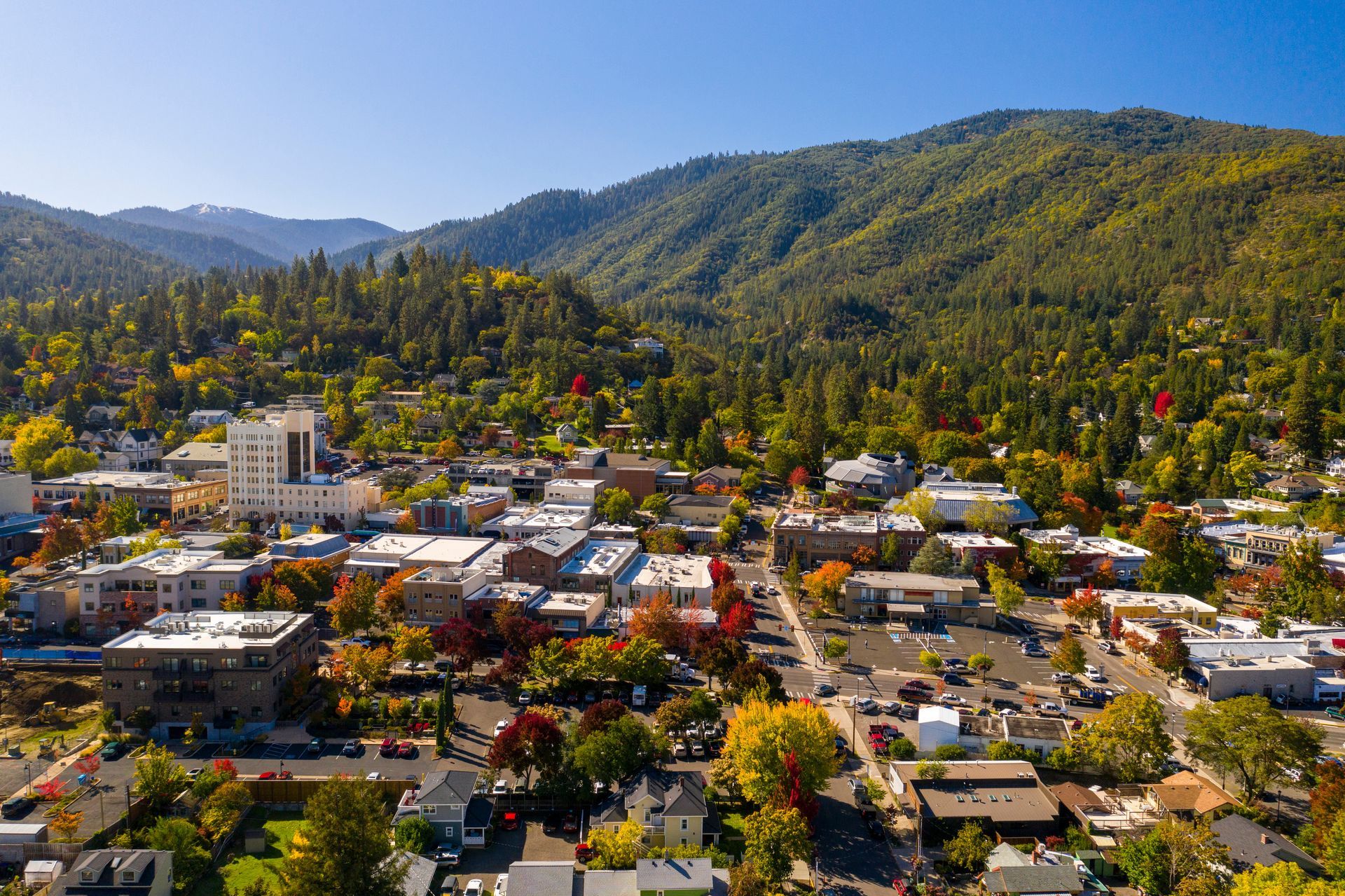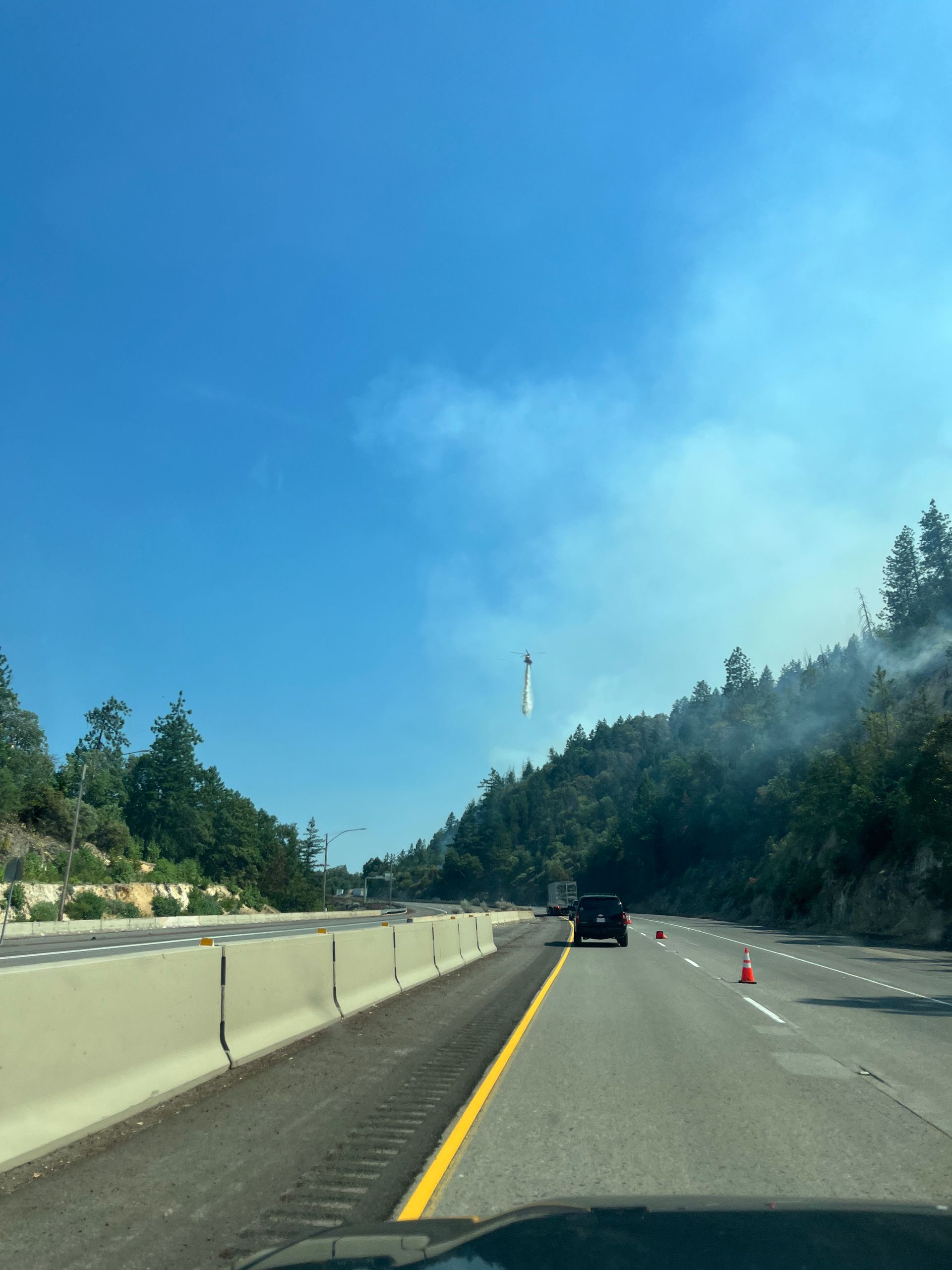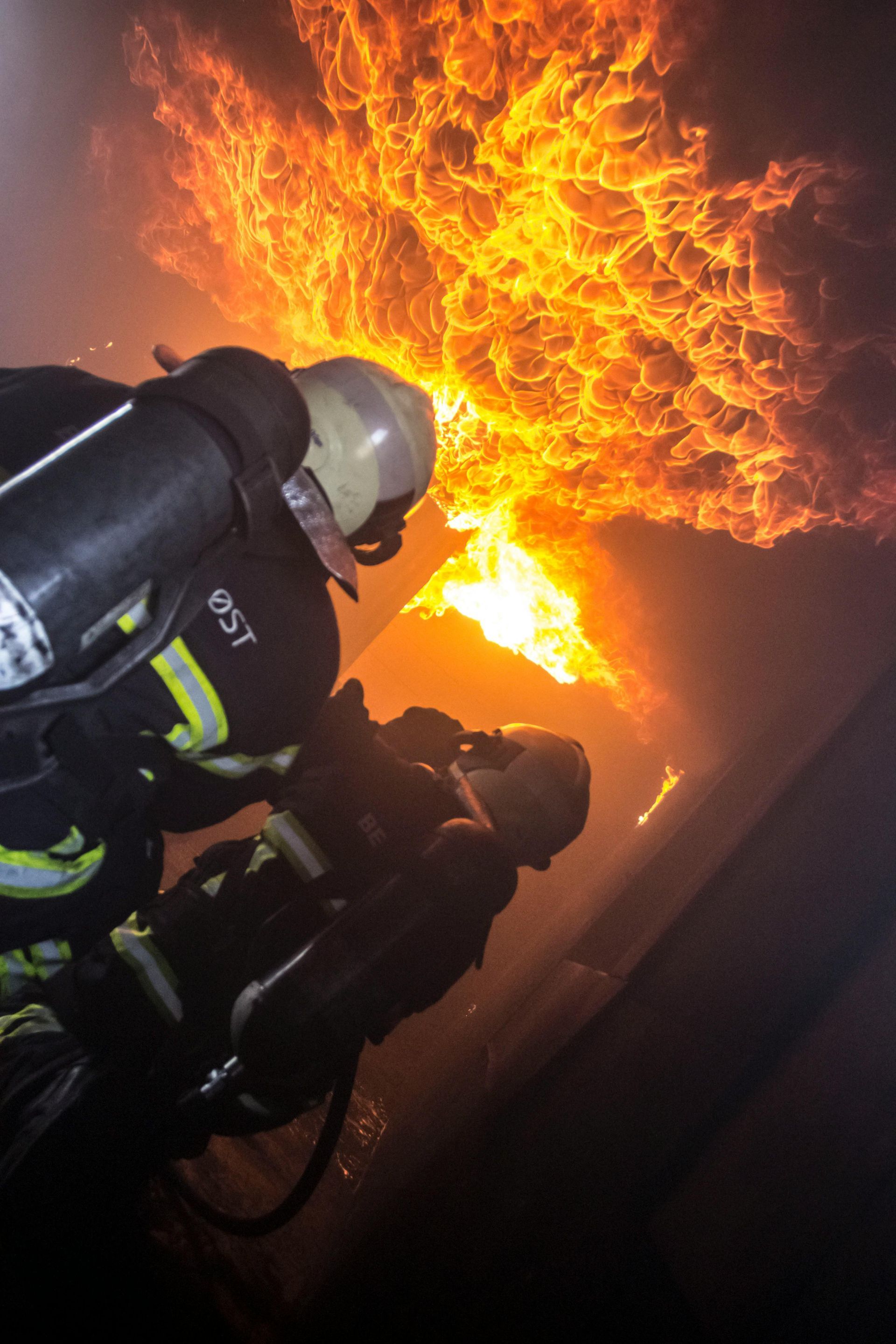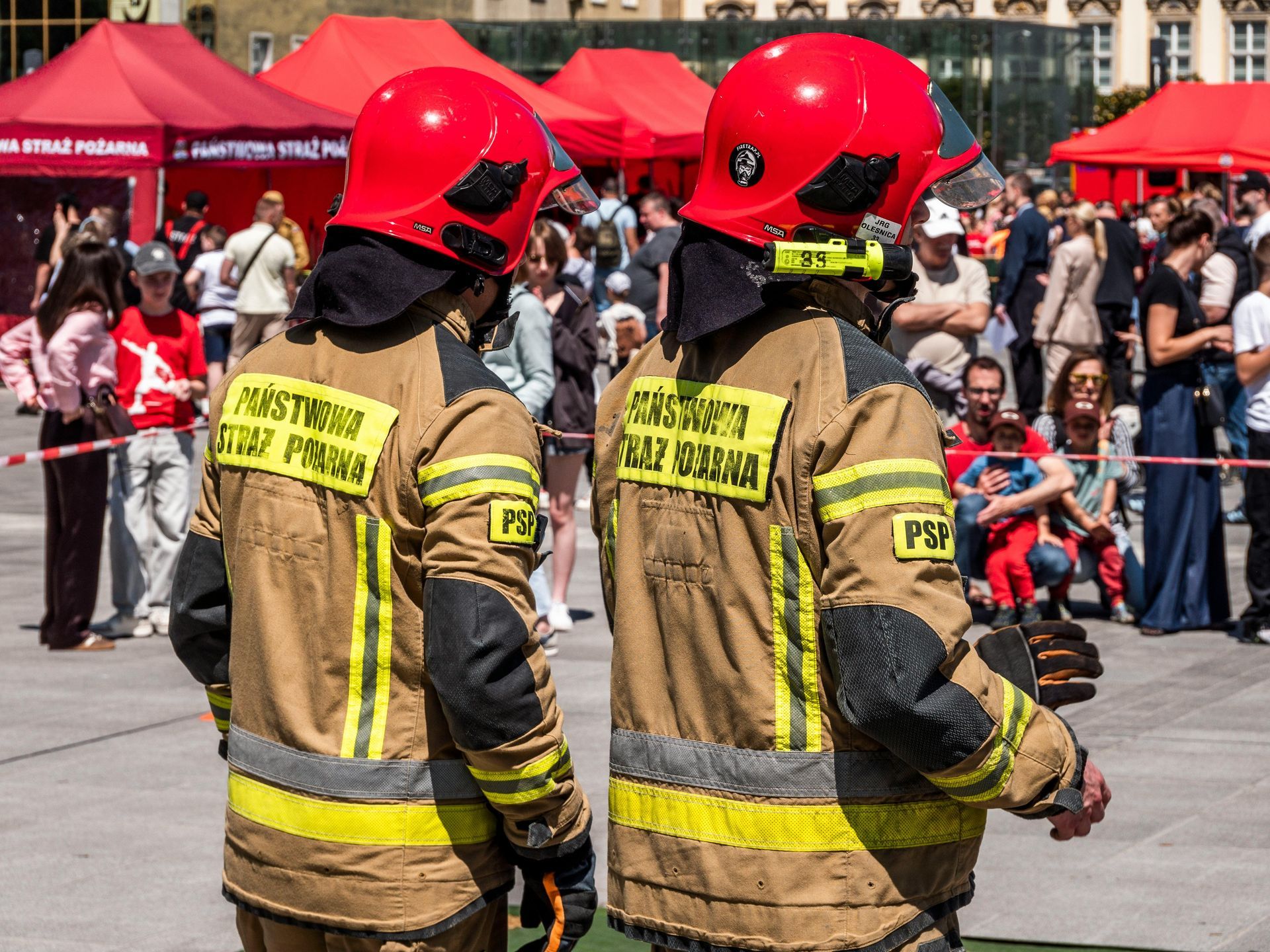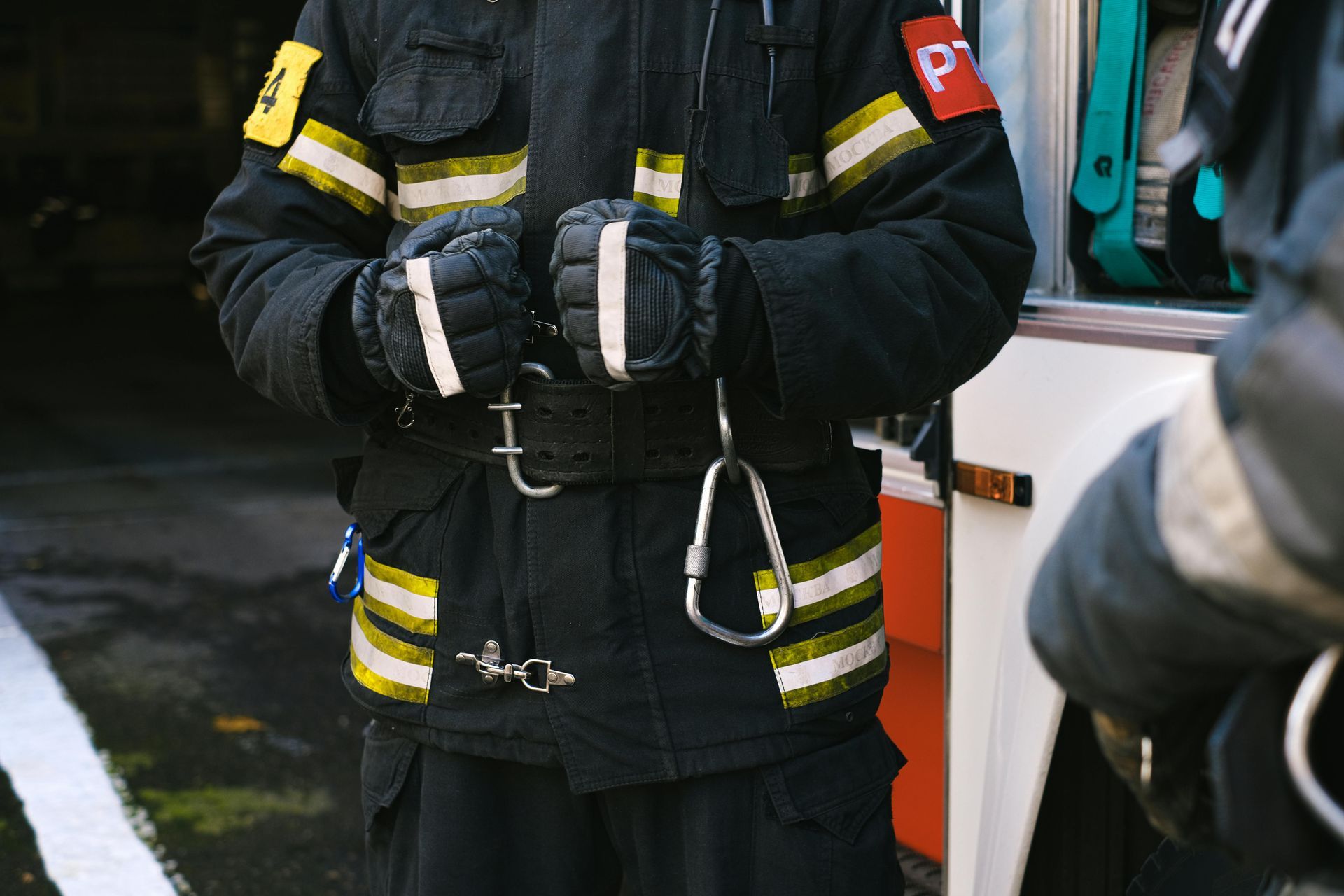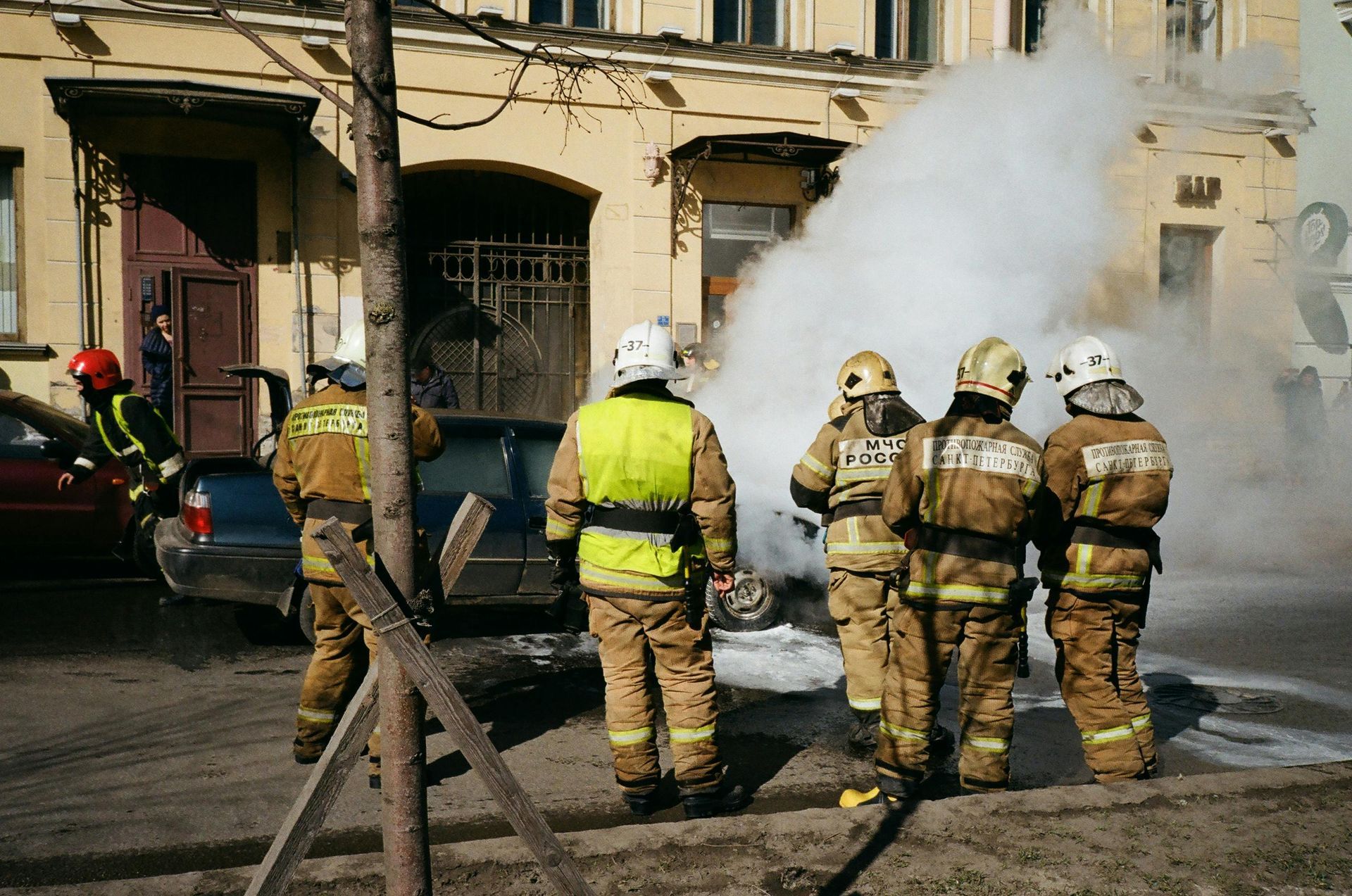Imminent Wildfire Dangers in Sandy, Hood River, and Beyond: Protect Your Home with Defensible Space and Insurance Compliance
Imminent Wildfire Dangers in Sandy, Hood River, and Beyond:
Protect Your Home with Defensible Space and Insurance Compliance
Introduction
May’s Wildfire Awareness Month is a critical reminder for homeowners in Sandy, Rhododendron, Welches, Government Camp, Molalla, Estacada, and Hood River to prepare for Oregon’s intensifying wildfire season. These communities, nestled in dense forests and steep hillsides, face imminent wildfire dangers due to tightly spaced trees and rapid flame spread. Past incidents like the Riverside Fire (2020) in Estacada and Molalla and the Micron Fire (2020) near Hood River highlight the region’s “tinder box” risk. This post explores how defensible space, wildfire defense, and insurance compliance can protect your home, offering practical wildfire preparedness tips to mitigate fuel reduction challenges and avoid policy cancellations.
The Tinder Box: Tree Spacing and Hillside Risks
In Sandy, Rhododendron, Welches, Government Camp, Molalla, Estacada, and Hood River, dense coniferous forests—Douglas-fir, pine, and cedar—create a tinder box environment. Closely spaced trees, often with canopies touching, allow fires to spread rapidly as flames leap from crown to crown. Steep hillsides, common in Rhododendron and Government Camp, accelerate flame spread due to:
- Preheating: Uphill winds and heat rise, drying vegetation ahead of the fire.
- Fuel Continuity: Dense underbrush and ladder fuels (low branches, shrubs) link ground fires to tree canopies, intensifying blazes.
- Ember Travel: Hillsides channel embers uphill, igniting spot fires far from the main fire, as seen in the Palisades Fire (2024).
The Riverside Fire (2020) burned 138,000 acres across Estacada, Molalla, and Sandy, destroying 57 homes. Dense tree spacing and hillside terrain fueled its rapid spread, overwhelming firefighting efforts. Similarly, the Micron Fire near Hood River scorched 11,000 acres, threatening orchards and homes due to tightly packed vegetation. In Welches and Rhododendron, the 2020 Labor Day fires exposed how unmaintained forests near homes became fuel highways, echoing the Lahaina Fire (2023), where dry vegetation accelerated destruction.
Past Incidents: Lessons Learned
- Riverside Fire (2020, Estacada, Molalla, Sandy): Originating in the Mt. Hood National Forest, this fire spread through dense forests and steep slopes, leveling homes lacking defensible space. Homeowners with cleared perimeters saw better outcomes, per CAL FIRE reports.
- Micron Fire (2020, Hood River): Sparked by lightning, it roared through pine-heavy hillsides, highlighting the need for fuel reduction around orchards and rural properties.
- Labor Day Fires (2020, Welches, Rhododendron): Part of the broader 2020 Oregon wildfires, these fires burned 1 million acres statewide, with Welches homes spared where fire-resistant landscaping was maintained.
- Hood River Fires (2017, Eagle Creek Fire): This 48,000-acre fire near Hood River showed how embers traveled across hillsides, igniting homes without ember protection.
These incidents, like the Maui Fire (2023), underscore that wildfire mitigation services and proactive home hardening are critical to survival in Oregon’s fire-prone regions.
Insurance Compliance: A Growing Concern
In Sandy, Hood River, and Molalla, insurance companies are tightening insurance compliance requirements due to rising wildfire risks. Insurers like State Farm and Allstate may cancel policies or raise premiums (up to 300% since 2020) if homes lack defensible space or fire-resistant landscaping. The Palisades Fire (2024) saw 1,600 California homeowners lose coverage pre-fire, leaving them reliant on the costly FAIR Plan. In Oregon, similar trends are emerging:
- Non-Compliance Risks: Failure to clear vegetation within 100 feet or maintain sprinklers can lead to policy cancellations, as seen in Estacada post-Riverside Fire.
- Documentation: Insurers in Hood River and Government Camp require photos of cleared zones and home hardening upgrades (e.g., metal roofs).
- Consequences: Without coverage, rebuilding costs in Sandy or Welches (averaging $500,000) fall entirely on homeowners, per Oregon Insurance Division data.
Maintaining defensible space and documenting efforts is essential to avoid financial ruin, especially in high-risk areas like Rhododendron and Molalla.
Tips for Wildfire Defense
Here are three practical tips to enhance wildfire preparedness and create defensible space in Sandy, Hood River, Estacada, and beyond, addressing tree spacing and hillside risks:
1. Space Trees and Thin Vegetation
- Why: Tight tree spacing in Welches or Government Camp fuels crown fires. Spacing reduces flame spread and ember ignition.
- How: Follow NFPA 1144 guidelines: Space tree canopies 12 feet apart within 30–60 feet of your home, and 6 feet apart from 60–100 feet. Remove small conifers between mature trees, common in Hood River forests. Thin underbrush and ladder fuels (shrubs, low branches) to break fuel continuity, especially on Molalla’s hillsides.
- Tip: Use a pruning saw ($20 at Home Depot in Sandy) to trim branches 6 feet from the ground, preventing ground-to-crown fire jumps.
2. Create Defensible Space Zones
- Why: Defensible space slows fires and protects firefighters, as proven in Estacada’s 2020 survival stories.
- How: Clear Zone 0 (0–5 feet) of all flammable materials, using gravel or concrete, ideal for Rhododendron homes. In Zone 1 (5–30 feet), mow grasses to 4 inches and space shrubs, critical in Sandy’s WUI areas. For Zone 2 (30–100 feet), remove dead vegetation and thin trees, especially on Government Camp’s slopes. Check local ordinances, as Hood River County may require stricter clearances.
- Tip: Mow before 10 a.m. to avoid sparks, a precaution from the Lahaina Fire.
3. Harden Your Home Against Embers
- Why: Embers, traveling up hillsides in Welches or Hood River, ignite homes without ember protection.
- How: Install 1/8-inch mesh screens on vents and chimneys, available for $10–$20 at hardware stores in Estacada. Use non-combustible siding (stucco, cement) and Class A roofing (metal, asphalt), effective in Molalla’s fire zones. Clear gutters and decks of pine needles, a common issue in Rhododendron.
- Tip: Check roofs monthly, as debris buildup led to losses in the Maui Fire.
Act Now to Stay Prepared
Wildfire Awareness Month is your call to action in Sandy, Rhododendron, Welches, Government Camp, Molalla, Estacada, and Hood River. The region’s tinder box forests and hillside flame spread demand proactive wildfire defense. By spacing trees, creating defensible space, and hardening your home, you can reduce risks and meet insurance compliance standards, avoiding cancellations like those before the Palisades Fire. Visit wildfire.oregon.gov for free resources, or use the Oregon Statewide Wildfire Hazard Map (hazardmap.forestry.oregonstate.edu) to assess your property’s risk. For local regulations, contact fire departments in Hood River County or Clackamas County (serving Sandy, Molalla).
Conclusion
The imminent wildfire dangers in Sandy, Hood River, Estacada, and surrounding areas are real, fueled by dense tree spacing and steep hillsides. Past fires like the Riverside Fire and Micron Fire show the stakes. This May, prioritize wildfire preparedness with defensible space, fuel reduction, and home hardening to protect your home and comply with insurance requirements. Stay vigilant, stay prepared, and help make Oregon’s communities fire-resilient. For more wildfire mitigation tips, visit oregonfiremitigationservices.com.
Follow our blog for weekly wildfire updates throughout May!
Have wildfire safety questions?
Contact our certified team
